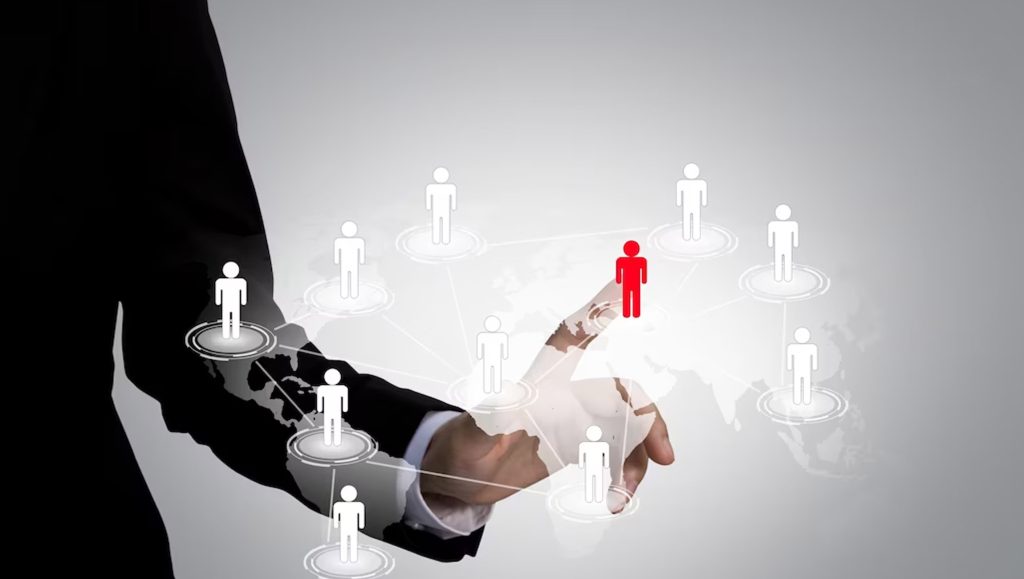The typical Sales Enablement function focuses on three key areas: content management, sales communications management and sales readiness. Of the three, sales readiness is often the most challenging, because it requires that many independently moving parts all do the right thing at the right time. Those “moving parts” are typically sales reps, and the “right thing” is putting forth the effort to digest and operationalize learning and selling content. It’s that human behavior part of sales readiness that makes it so difficult!
Motivating humans to do the right thing is a challenge that extends beyond sales readiness, obviously. For example, anyone who’s been a parent knows that motivating children to do household chores can be a frustrating exercise in futility. It is tempting to simply bribe them with rewards, but that ensures you will never achieve the ultimate goal: having them do their chores simply because it is the right thing to do — a basic responsibility for being a family member.
Likewise, sales reps should adopt an ethic of continuous learning, simply because it is the right thing to do — a basic responsibility for being a member of the sales force. Just as accountants and lawyers are expected to stay current on the latest laws and regulations, salespeople should be expected to stay current on the latest product enhancements and competitive intel.
Read More: 3 Ways Productivity Affects Your Overall Business Success
Studies of top sales reps show they tend to be curious self-learners, so it should be the aspiration of every caliber of sales rep to emulate this behavior. But, like the kid who doesn’t do his chores even though he knows it’s the right thing to do, it can take some work to turn an aspiration into a habit. Rewards should not be dismissed out of hand — they can be a good way to get reps pointed in the right direction in this type of situation. But, lest one risk creating an overindulged child, rewards should not become an ongoing expectation. The long-term strategy for Sales Enablement professionals should be to make reps understand that the biggest reward from learning is the ability to do a better job and close more deals.
However, instilling an ethic of learning is only half of the equation for building a culture of continuous learning. The other half is having the right content and programs in place to remove barriers and promote continuous learning. When considering content and programs for continuous learning, they should be focused on the four “pillars” of sales readiness: Foundational readiness, continuous readiness, transformational readiness and reactive readiness. Each of these pillars addresses a series of situations that happen in a rep’s life cycle and requires continuous learning in order to create the desired state of perpetual readiness.
Pillar #1 – Foundational Readiness
This pillar focuses on building an on-boarding plan for every role in the sales force. One mistake that many sales organizations make is to use an “all-at-once” approach to on-boarding (affectionately known as “drinking from the firehose”), which typically takes the form of a four-or-five-day boot camp. Reps are typically buried in product details and PowerPoint presentations during this time and, not surprisingly, learning retention levels are often low.
A more effective approach is to implement “agile” sales on-boarding, which borrows from the principles of agile software development (flexibility, responsiveness, collaboration, etc.) to onboard reps in an incremental fashion. This methodology dramatically improves productivity by focusing on getting reps proficient in the activities that lead to revenue. Learning is structured to help reps meet skills milestones specific to their roles on a mutually agreed upon timeline. For example, if reps need to conduct their first prospecting call within two weeks of joining the company, their onboarding plan should first focus on developing phone call and listening skills, and mastering the company elevator pitch within those two weeks. Once they’ve been certified for those skills, they will start working toward the next milestone, which likewise will map to the next key activity they’ll need to perform in the sales process.
Read More: How To Keep A Positive Cash Flow For Your Small Business
Pillar #2 – Continuous Readiness
Sales readiness is never “done,” so continuous learning is a requirement for creating a state of continuous readiness — where reps are always prepared for the next buyer interaction. However, Sales and Marketing organizations should not rely solely on the diligence of sales reps to find and consume content; instead, they should develop a “push” strategy for proactively delivering learning to reps at regular intervals and in bite-sized modules. They should also shift from consumption-based metrics (e.g., “How many modules have you finished?”) to assessment-based ones (“Can you perform the skills we’re teaching?”).
In addition, Product Marketing and Sales Enablement should work together to keep reps up-to-speed on the full product portfolio, including:
- The latest capabilities. Speed of innovation requires a commensurate speed to readiness. No one will benefit from the latest “gee-whiz” product features if sellers can’t sell them. This means reps need to be equipped with messages and knowledge to articulate the benefits of each new product capability.
- New product launches. Sales readiness should also be a key component on marketers’ new product timelines, so that reps can start selling on launch day. Data sheets, Q&As, eLearning modules and dedicated coaching can all prepare reps to position new products effectively, relative to buyers’ roles, industry-specific needs and pain-points. Practice and simulations are critical too – the time to “work out the kinks” should be during practice sessions, not in front of customers. Videotaping, role-playing and other practice sessions can create an additional layer of valuable learning content – both in terms of coaching the subject of the video, and distributing stand-out presentations to the rest of the sales force.
- *Product portfolio mastery. When reps don’t cross-sell and upsell effectively, it’s often due to a lack of confidence and competence. They’re likely well-versed in their company’s core offerings but don’t feel ready to position peripheral ones. Enablement campaigns should bridge this gap, so reps are just as adept at selling newly acquired or peripheral products as they are at the core product offering.
Pillar #3 – Transformational Readiness
Transformational readiness comes into play when sales organizations need to fundamentally change the nature of buyer conversations or who they’re having those conversations with. This often happens due to sales transformations such as mergers and acquisitions, new sales methodologies, entry into new markets and new types of buyers. These events and developments can create significant competency and confidence gaps among sales reps who are comfortable selling “the same old stuff to the same old people.”
Organizations often underestimate the time and effort required to make reps ready for a sales transformation. The first step is to educate sales managers, so they can function as effective resources and coaches to the sales force. From there, workshops, content and coaching can be used to help reps gain the competency and confidence they need to effectively sell in the “post-transformation” world.
Read More: Five Trends That Will Shape The Influencer Marketing Industry In 2019
Pillar #4 – Reactive Readiness
We live in the era of “instant news,” where news and rumors about an organization (or its competitors) can appear in media headlines or on social media at any moment. Reactive readiness is a systematic approach to getting reps message-ready when an instant-news event occurs, such as two competitors merging, senior executive departures, etc. In these cases, the field force often needs to be ready and certified almost immediately to deliver on-message answers to customers and prospects and keep competitive incursions at bay.
Having an “Emergency Response System” (EMS) component to a continuous learning strategy will help organizations mitigate the impact of instant news. The sales EMS should include an execution plan for all communications and processes, as well as tools for building and delivering content quickly.
Achieving Continuous Learning
The four pillars of sales readiness provide the foundation for a culture of continuous learning. Requiring that reps set aside time each week for learning must be coupled with learning content and programs that are targeted to the four pillars, accessible and delivered in ways that will help reps learn what they need to know, when they need it. Marketers and sales leaders must work together to master this balance — and in doing so, they will foster a continuous learning culture that ensures every rep is ready for the next customer interaction, every time.




















